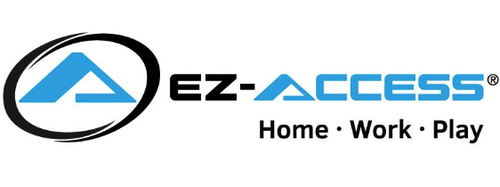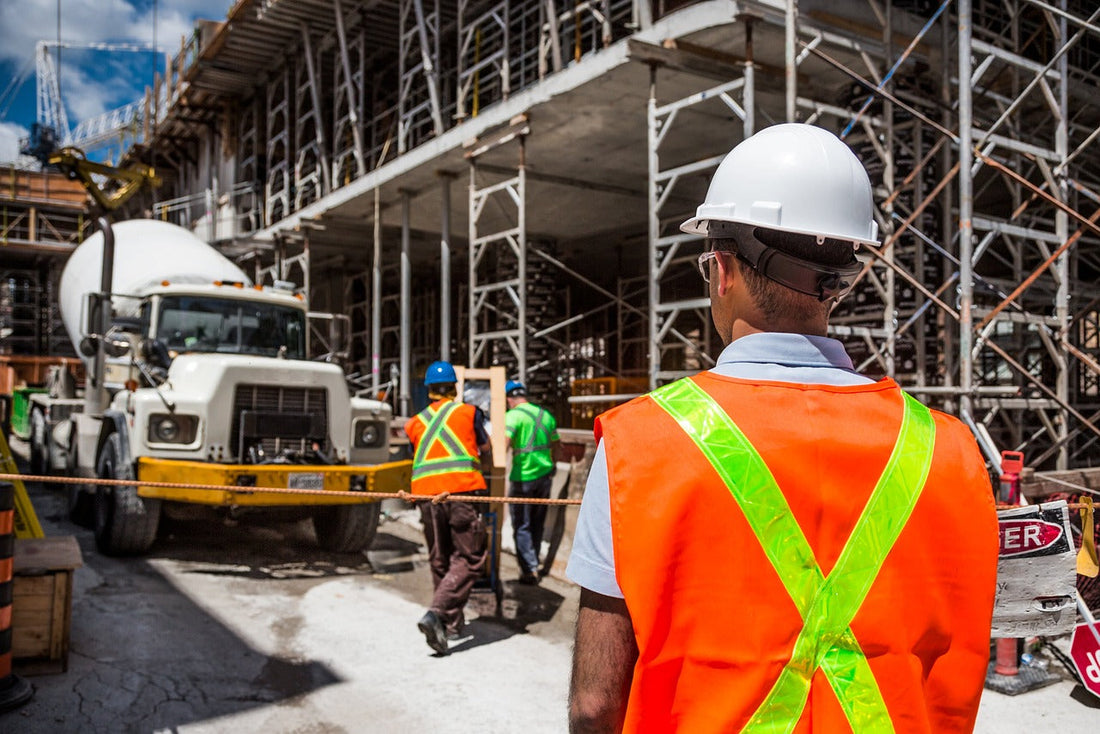According to OSHA At-A-Glance...
“The Occupational Safety and Health Act of 1970 (OSH Act) was passed to prevent workers from being killed or seriously harmed at work. This law created the Occupational Safety and Health Administration (OSHA), which sets and enforces protective workplace safety and health standards. OSHA also provides information, training, and assistance to employers and workers.”
The Act sets a precedent that employers have the responsibility to provide a safe work environment. This means that employers must provide an accessible and safe setting for all of their employees. Below we’ll discuss who is responsible for adhering to OSHA guidelines, and how to implement OSHA standards.
What to Know About OSHA
When Does OSHA Apply?

- Federal Government Workers
- OSHA’s protection applies to all federal agencies. OSHA does not fine or penalize federal agencies, however, it monitors federal agencies and responds to complaints from workers.
- Private Sector Companies
- Most private sector employers must adhere to OSHA standards. OSHA covers most employers and workers in all 50 states, the District of Columbia, and other U.S. jurisdictions through Federal OSHA or through an OSHA-approved state program. State-run programs must at least follow guidelines for the Federal OSHA program.
Some State and Local Government Workers
- State and local government workers are not covered by Federal OSHA, but they are protected when a state runs their own OSHA-approved program. These states have approved state programs: AK, AZ, CA, CT, HI, IA, IL, IN, KY, MD, MI, MN, NC, NJ, NM, NV, NY, OR, SC, TN, UT, VA, VT, WA, WY, Puerto Rico and the Virgin Islands.
- Connecticut, Illinois, New Jersey, New York, and the Virgin Islands programs cover public sector (state and local government) workers only. Federal OSHA covers private sector workers in these jurisdictions.
How Can a Company Comply with OSHA Standards?

OSHA sets standards for construction, general industry, maritime, and agriculture programs or organizations to protect workers from a wide range of serious hazards. The standards “limit the amount of hazardous chemicals workers can be exposed to, require the use of certain safe practices and equipment, and require employers to monitor certain workplace hazards.”
All employers must take precautions to:
- Prevent trench cave-ins
- Prevent exposure to infectious diseases
- Put guards on machines
- Provide fall protection
- Provide proper safety equipment
- Provide training for dangerous jobs
- Follow the General Duty Clause: employers must keep their workplaces free of serious recognized hazards
- Prevent exposure to harmful substances (ex: asbestos, lead, etc.)
- Ensure safety in confined spaces
What Equipment is Necessary for OSHA Standards?

In order to determine the necessary equipment to protect workers, you should approach the workspace as if you’re preparing for an inspection.
Be aware of the following:
- Complaints from workers about work conditions
- Imminent dangers
- Anything that has previously caused a fatality or hospitalization
If any of these issues sound like your work environment, it’s time to find a solution that keeps the workers safe.
At EZ-ACCESS, we see a lot of businesses with employees that are in need of equipment to move heavy objects or machinery in and out of vehicles, warehouses, and maintenance facilities. That’s why we developed industrial access solutions. Each product enhances access and safety to a variety of different work environments, and are all OSHA compliant.
Examples of our industrial solutions include:
-
Curb & Threshold:
Perfect for getting hand trucks, service carts, or any other industrial equipment up and over curbs and raised landings. -
Material Handling & Delivery:
Designed to allow simple and safe loading and unloading of trucks, trailers, containers, or docks. -
Distribution & Warehouse:
When a dock is unavailable and loads are too heavy or unsafe to lift, we can create alternate access points into your building for deliveries. -
Maintenance Facilities:
Whether it’s access to dumpsters, recycle bins or transporting tools and other maintenance equipment, any job is made easier with the help of ramps, curb plates, and stairs from EZ-ACCESS. -
OSHA Work Platforms:
Adjustable to the ideal working height, these solutions can make machinery and equipment easier to access and operate at the optimal level for superior ergonomics.


